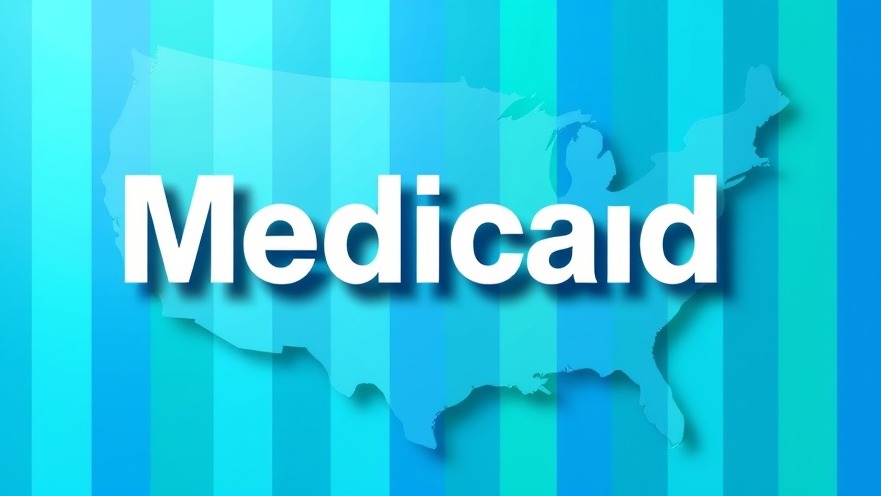
Understanding the Medicaid Provisions in the 2025 Reconciliation Bill
The recently proposed reconciliation language for the 2025 Federal Budget has created a stir in the health community, particularly concerning Medicaid and the Affordable Care Act (ACA). Released by the Senate Finance Committee on June 16, the proposed changes diverge from those passed by the House on May 22. This article delves into these pivotal changes, their implications, and the overarching landscape of health policy affected by this legislation.
Historical Context: The Evolution of Medicaid
Medicaid has undergone significant transformations since its inception over five decades ago. Initially designed to provide healthcare to low-income families, it has expanded to include a broader demographic, supporting millions of working-class individuals and families. The 2025 Reconciliation Bill indicates another chapter in this ongoing evolution, aiming to refine the program amid changing healthcare needs.
Comparative Analysis of the Senate and House Versions
The Senate Finance Committee’s version introduces critical adjustments to the Medicaid provisions originally proposed by the House. These include alterations to funding allocations and eligibility criteria that could greatly influence access to healthcare services. By comparing these two versions side by side, one can start to appreciate the potential ripple effects on health outcomes and access for millions of Americans.
The Role of Medicaid in Health and Wellness Trends
With the increasing emphasis on holistic health and wellness, the Medicaid program stands as a pillar for preventive care and essential health services. Programs under Medicaid aim not only to cover hospital visits but also preventive services such as vaccinations and mental health resources. As fitness trends pivot towards comprehensive well-being, the alignment of Medicaid provisions with these wellness trends may enhance public understanding of healthy lifestyles.
Future Insights: What’s Next for Medicaid?
As the proposed changes progress through legislative channels, it is crucial to consider future implications. The evolving landscape of public health will undoubtedly influence how Medicaid adapts in response to new research trends and health crises. For suburban professionals, staying abreast of these developments is essential, not only for personal health but also for engagement in community wellness initiatives.
Practical Insights: Navigating the New Medicaid Framework
With the anticipated changes in the 2025 budget bill, individuals must familiarize themselves with the new Medicaid structure and offerings. Understanding eligibility, available services, and outreach programs will empower citizens to utilize these resources effectively. Public education campaigns and local health outreach can provide valuable information to navigate this shifting landscape.
Call to Action: Engaging with Health Policy
In order to advocate for effective health policies that truly serve communities, staying informed is paramount. Consider participating in local advocacy groups that focus on public health issues or attending community forums that discuss the implications of such legislative changes. Awareness and activism can shape the health policies that represent the needs of the public, fostering a healthier society.
 Add Row
Add Row  Add
Add 




 Add Row
Add Row  Add
Add 

Write A Comment